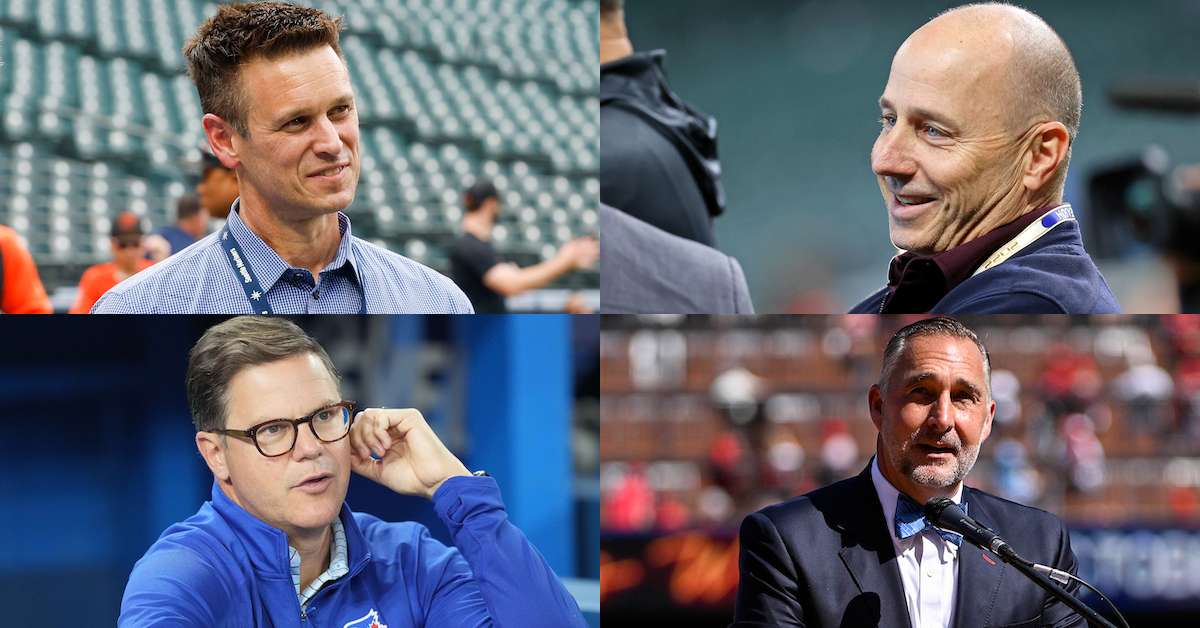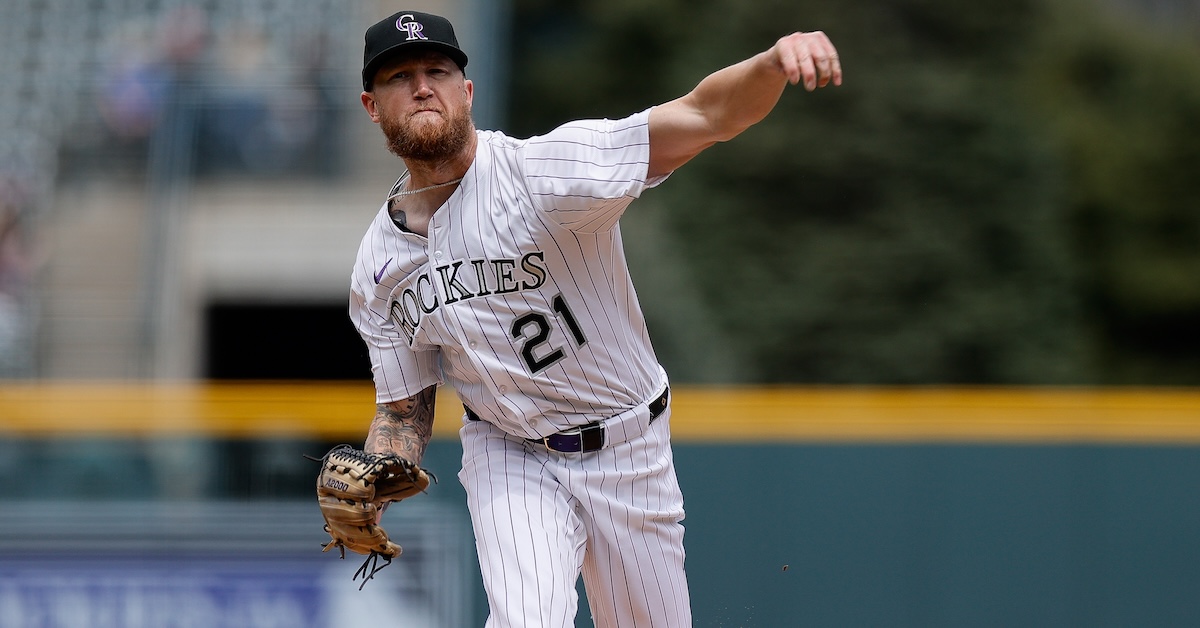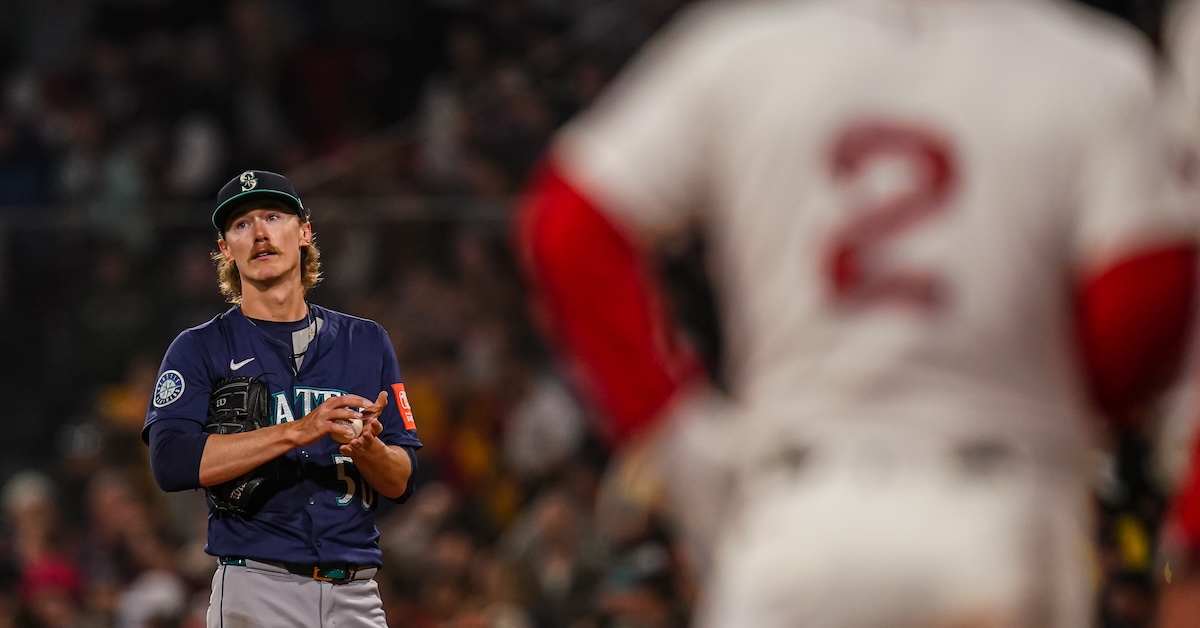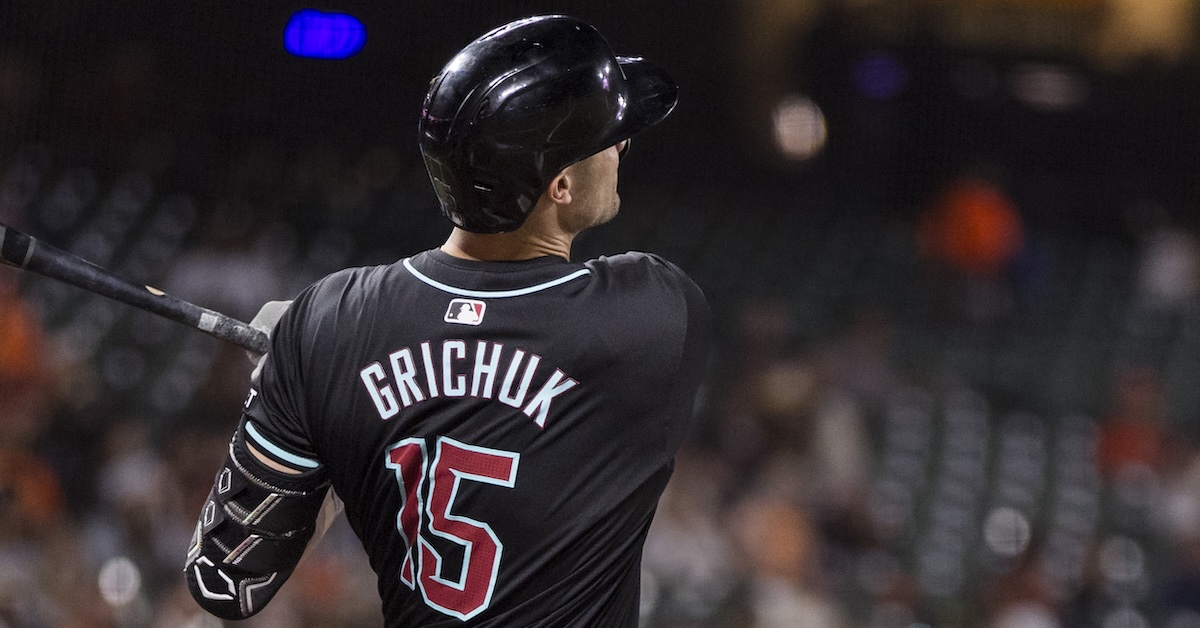Executive’s View: How Have Analytics Impacted a General Manager’s Job?

It is well known that analytics have changed the baseball landscape. Moreover, it is widely understood that the evolution is ongoing. Embracing innovation, especially within the technology realm, has increasingly become a must for teams looking to keep up with — and ideally get a step ahead of — the competition. For front offices across the game, it’s adapt or die.
What does that mean for the general managers and presidents of baseball operations who lead those front offices? In other words, how have the ever-continuing advancements impacted their jobs over the years? Wanting to find out, I asked four longtime executives for their perspectives.
———
On how analytics have impacted the job
John Mozeliak, St. Louis Cardinals
“When I first broke in, how you made decisions was basically based on scouting reports and traditional statistics. Now it’s much more analytically driven because of the advanced metrics. If you think about it, in the old days when people would invest in stocks… it’s the same kind of thinking now. The more information you have, the better your decisions are. That’s changed quite a bit over the last 25 years.
“Two things come to mind. One is understanding the longevity of a player. In other words, how long should you be investing in a player? The other thing is prospect evaluation; how much value someone might have, even though they’re still in the minor leagues. When you think back to 20-30 years ago, a lot of times minor league players didn’t have the same type of value that you’re seeing today.
“The economics of baseball have changed drastically. There is more revenue in the game, and higher payrolls, but there is also how you think about moving talent for talent. It’s much more based on economics than just pure ‘I think he’s a good baseball player.’”
Jerry Dipoto, Seattle Mariners Read the rest of this entry »





